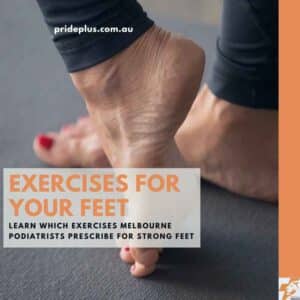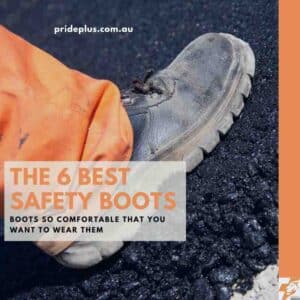For years many people have thought that developing painful foot corns and callus was just a part of the ageing process. That little lumps and bumps of thickened yellow-ish skin would eventually just pop up and require some love and attention. Well, this is not exactly the case and with increasing skill and knowledge from those in the podiatry profession, there’s now plenty of ways to prevent foot corns or foot callus from occurring in the first place!
So, let’s learn a little bit about the difference between foot corn and a foot callus with our expert Melbourne Podiatrist Jasmine Jones.
Jasmine – what is a foot callus?
Foot callus is areas of hard skin, usually quite diffuse and spread out over an area where friction and pressure are rubbing on the skin. The development of callus is actually a good thing, it’s protective! When we load up an area constantly our body thickens the skin to reduce the risk of blistering and skin damage occurring. This thicker skin is known as a callous and often builds up around the ball of the foot (one of the hardest working part of our feet) but can present anywhere we rub on our feet more.
A foot corn is the next step of callus development. When more and more friction and pressure is applied to a callus the moisture is squeezed out and all the small keratin based skin cells are compacted closer and closer together. Much the same way diamonds are formed over time out of carbon, a corn is compressed skin cells forced into a very hard ball or sometimes cone shape in the skin. Foot corns can become very painful when they are pressed back down from the outer layer of skin, the epidermis, into the deeper layer, the dermis.
When a foot corn pops up for the first time it’s important to get is removed ASAP by a professional podiatrist as we do not want to disrupt the membrane between the epidermis and the dermis as this can cause scarring. Scarring on the feet leads to faster foot callus and foot corn development in the future.
Left untreated, a foot corn can progress into extravasated corn (bleeding corn) and eventually into a foot ulcer. The actual treatment for a foot corn is simple when seeing a podiatrist, the lesion is removed without any pain or fuss. The prevention of foot corns and foot callus is where the real expertise comes in.
Preventing Foot Corns and Foot Callus
A small amount of foot callus is protective of problems like blisters, just ask any dancer, basketballer or netballer. The first games and rehearsals after a break are always challenges for soft skinned feet. When we start to develop recurrent foot corns this is where we need to make changes to prevent ongoing pain and further damage to the deeper structures underneath the skin.
Foot corns on the bottom of your feet are often due to the way we walk, how we twist, adapt and propel over a variety of surfaces in different shoes. Simple changes to muscle strength, footwear and pressure via orthotics can slow and prevent foot corn development on our soles.
Foot corns on the top of the feet and particularly the toes are more likely due to our foot shape and the shoes we wear. Sometimes there can be changes made to our footwear, styles and modifications/materials to prevent painful foot corns from returning. Other times we work closely with expert foot surgeons who can do brilliant work changing the shape of our feet whilst preserving function.
Other factors that can influence foot corn and callus development are the moisture levels of our skin. Too dry or too moist can lead to increases in callus production. Managing our skin hygiene with appropriate hosiery and socks as well as soap-free washes, moisturisers or deodorants can also play a vital role in reducing foot callus build up. Some medical conditions, medications and smoking also can trigger foot corns earlier than otherwise expected.




